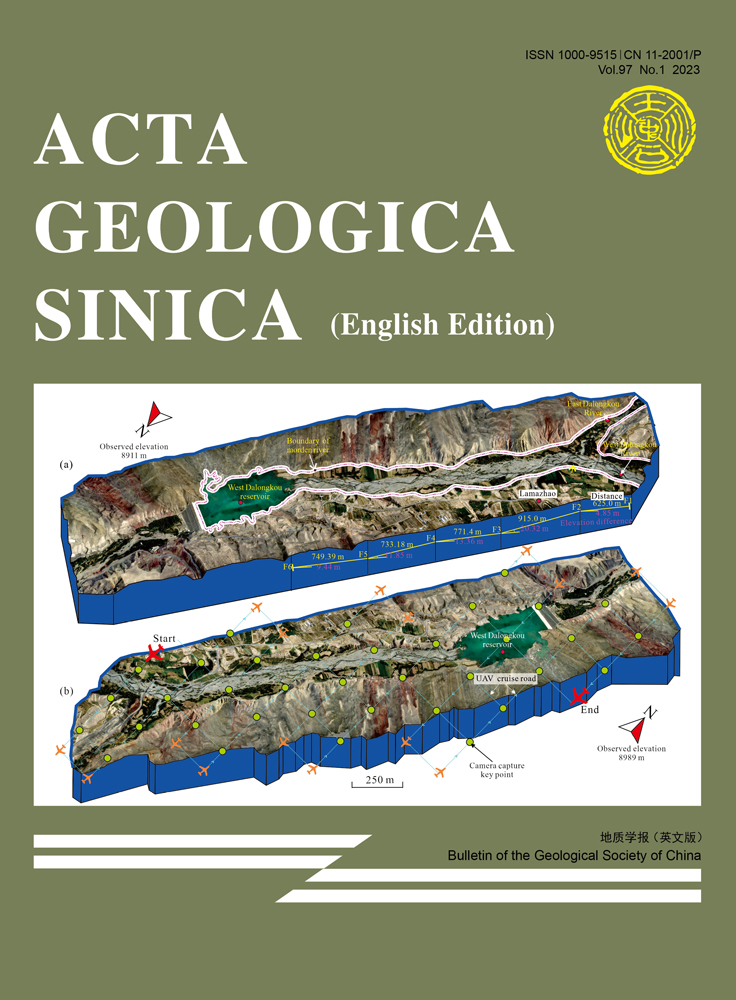The Late Tremadocian (Ordovician) Graptolite Kiaerograptus from Central Hunan, China: Taxonomy and Biostratigraphy
About the first author:
LI Ming, female, born in 1978 in Xiaogan, Hubei Province; Ph.D.; graduated from Earth Sciences and Engineering, Nanjing University; senior engineer of Institute of Chinese Academy of Geological Sciences. She is interested in the Early Ordovician graptolite paleontology and biostratigraphy. E-mail: [email protected].
About the corresponding author:
LI Lixia, female, born in 1982 in Datong, Shanxi Province; Ph.D.; graduated from School of Earth Sciences and Engineering, Nanjing University; associate professor of Nanjing Institute of Geology and Palaeontology, Chinese Academy of Sciences. She is interested in the macroevolution of Ordovician and Silurian graptolites and sponges from South China. E-mail: [email protected].
Abstract
Well-preserved graptolites of the genus Kiaerograptus are first reported from the upper Tremadocian Yinchupu Formation in the Nanba section, Yiyang, Hunan Province, South China, including four species, i.e., Kiaerograptus lauzonensis (Erdtmann, 1966), Kiaerograptus stoermeri (Erdtmann, 1965), Kiaerograptus cf. supremus? Lindholm, 1991, and Kiaerograptus sp., which are robust in form. Based on these new specimens, the Kiaerograptus biozone is established for the first time in South China, increasing the late Tremadoc graptolite biozones in South China from four to five, in ascending order as follows: the Adelograptus tenellus biozone, the Aorograptus victoriae biozone, the Kiaerograptus biozone, the Sagenograptus murrayi biozone, and the Hunnegraptus copiosus biozone. A review of the occurrence records for robust Kiaerograptus species worldwide reveals that the distribution is restricted to the Aorograptus victoriae biozone and Kiaerograptus biozone in the late Tremadocian. This limited stratigraphical distribution makes Kiaerograptus a valuable taxon for precise biostratigraphical correlation at both the regional and global scales.




